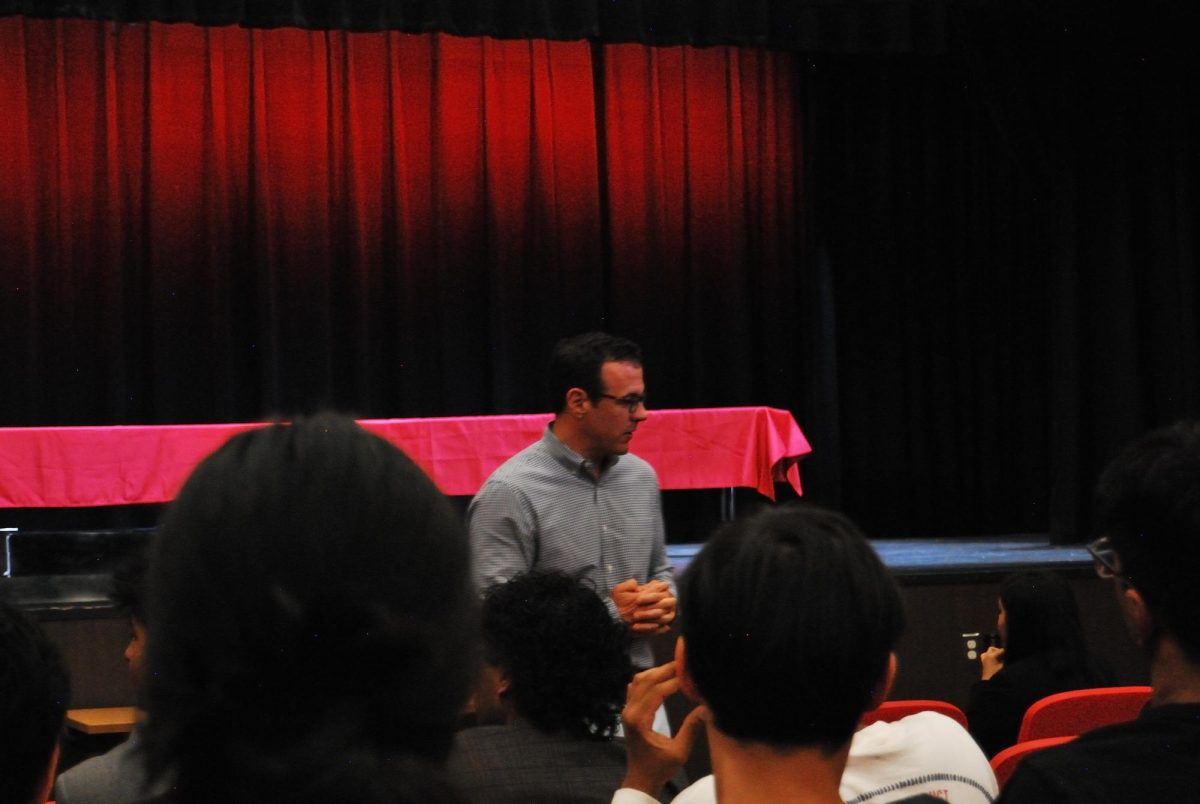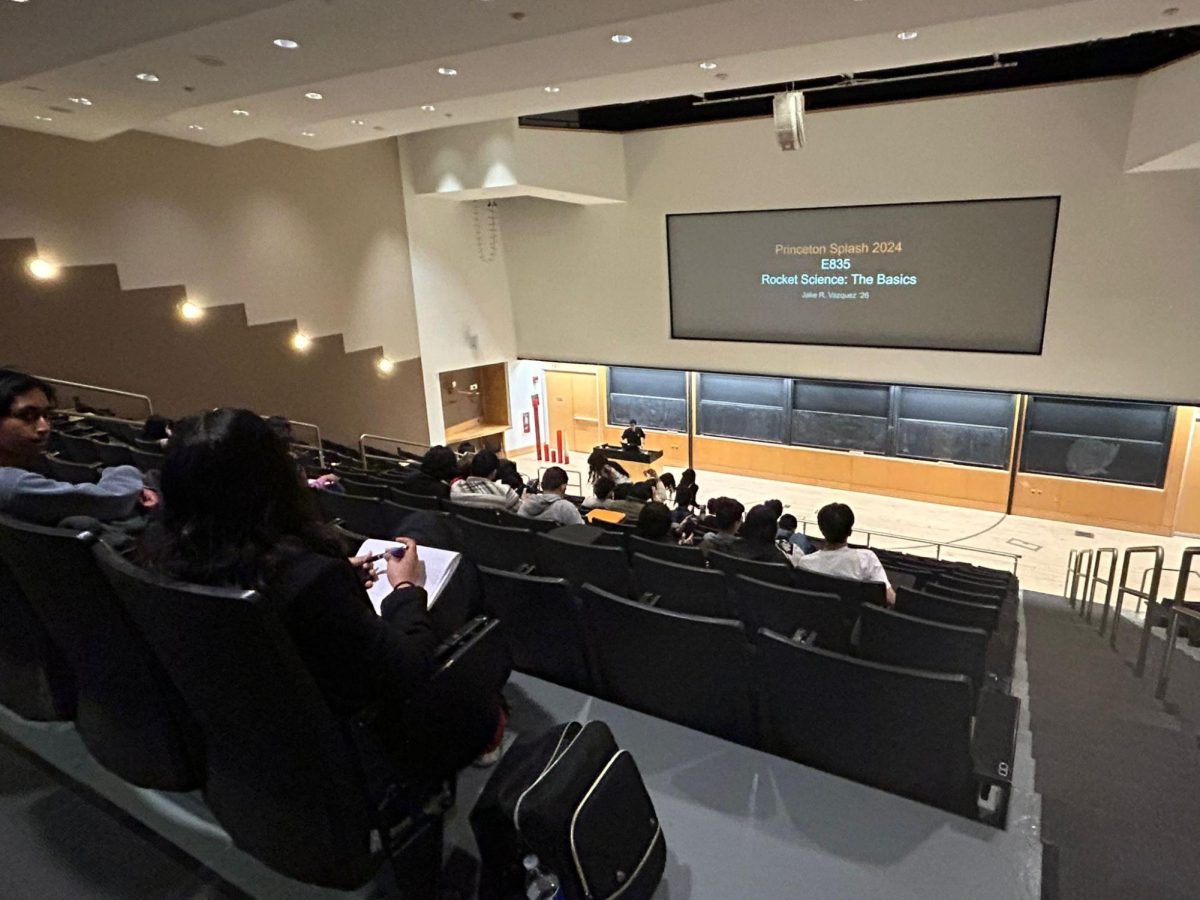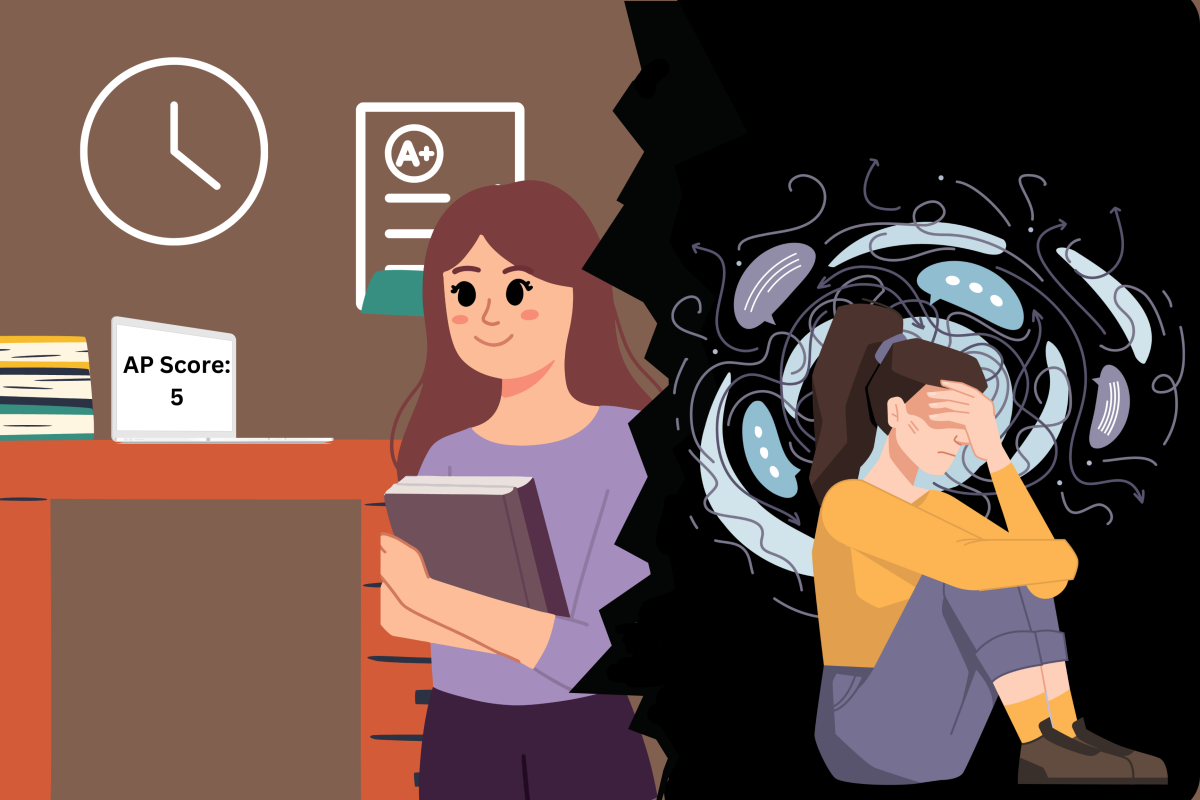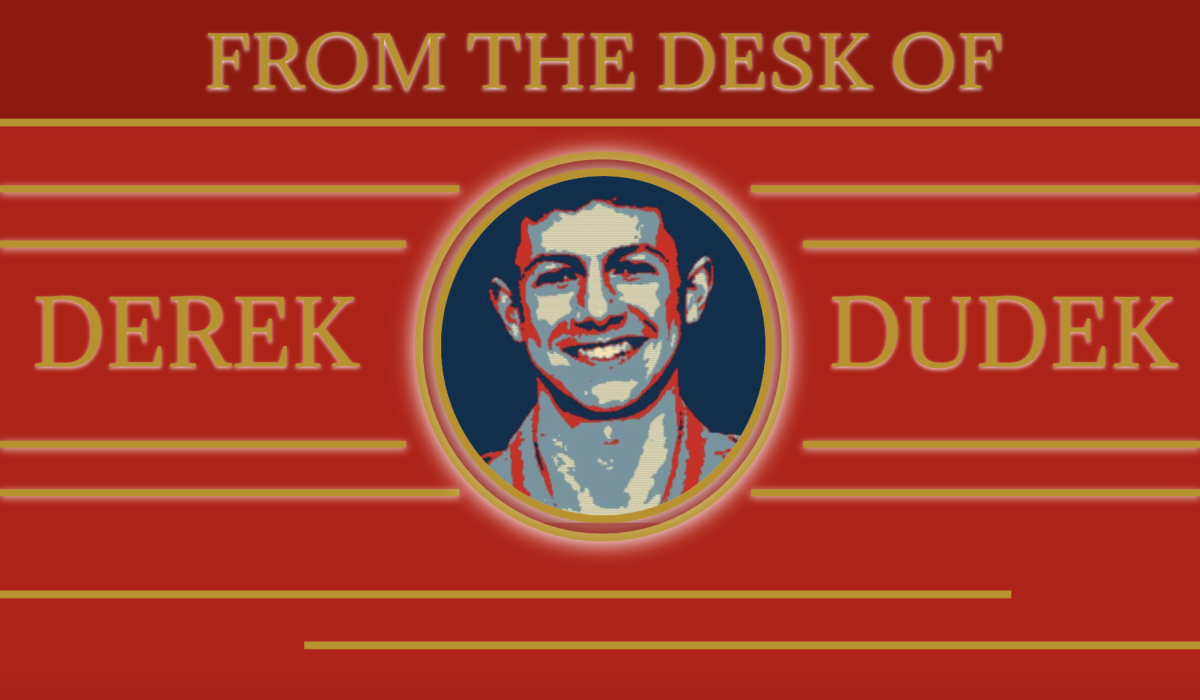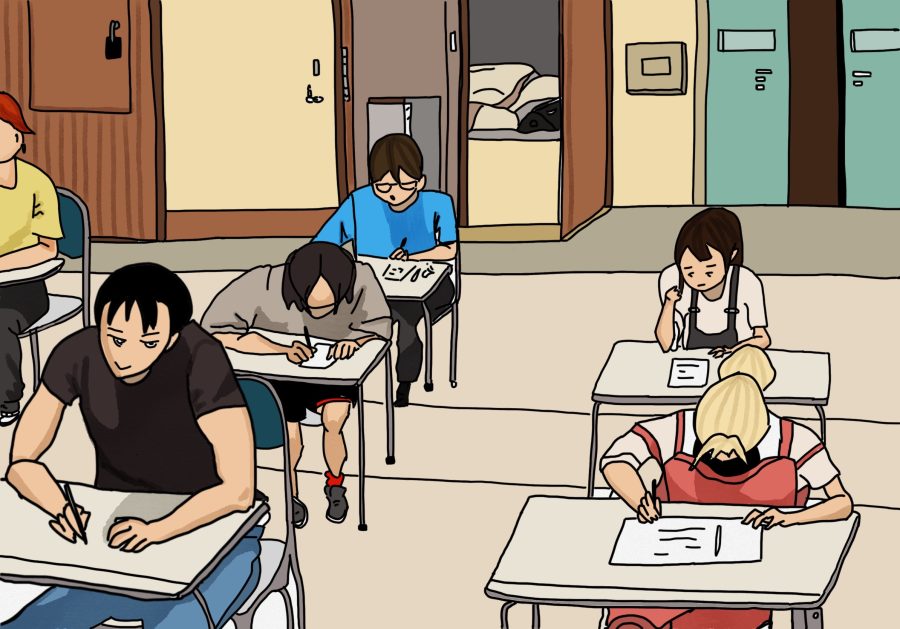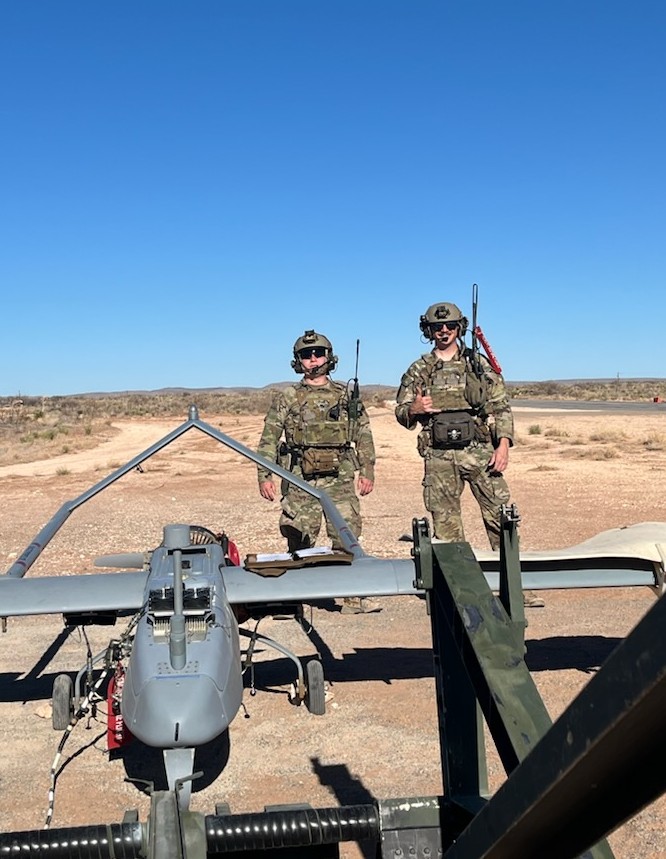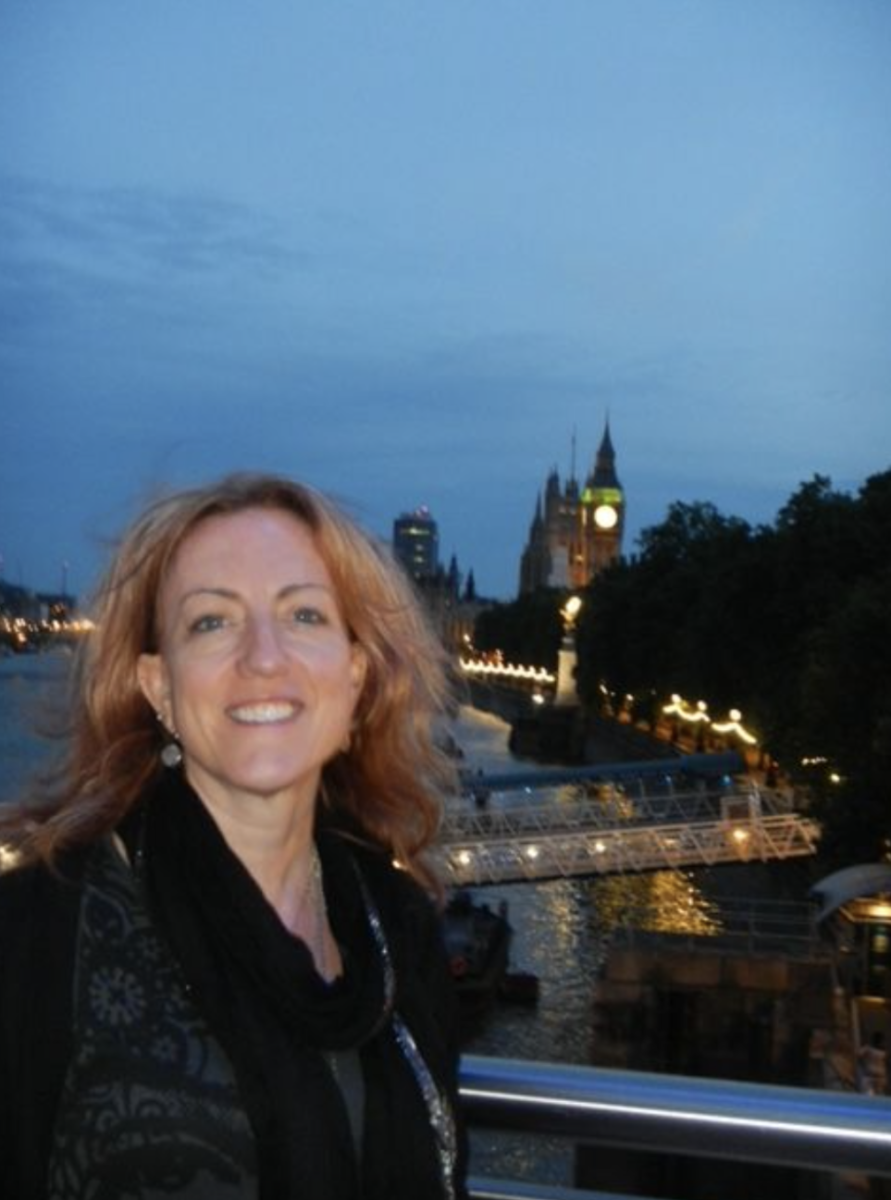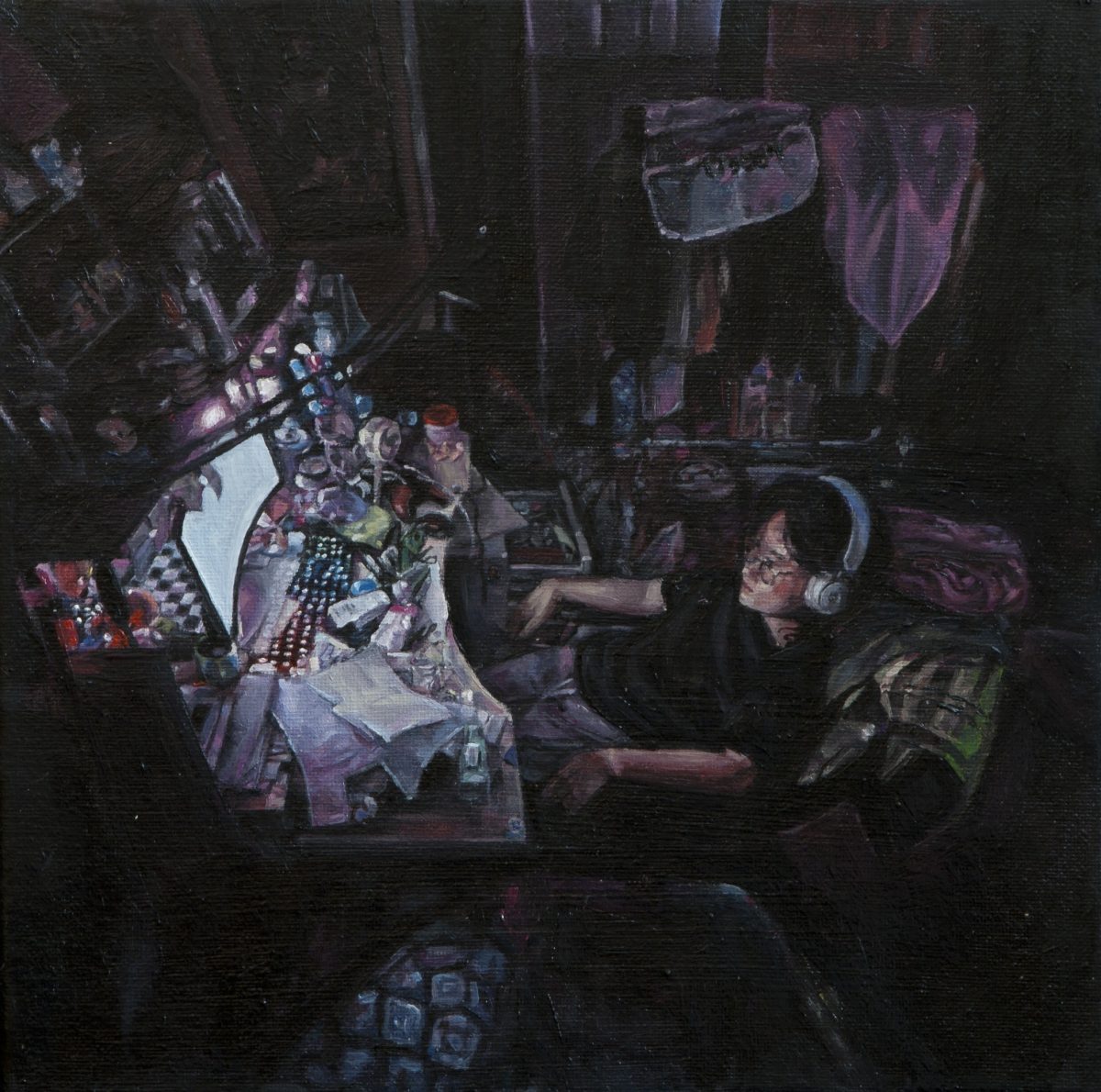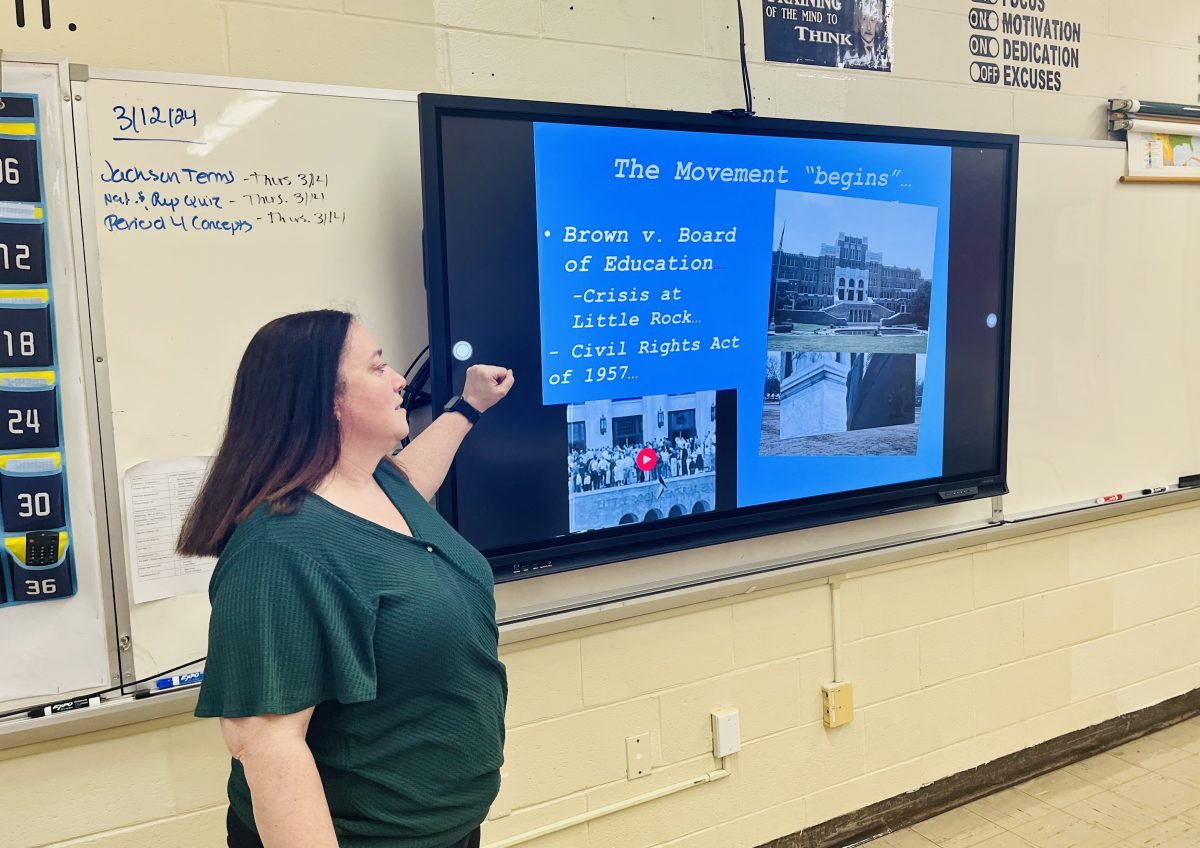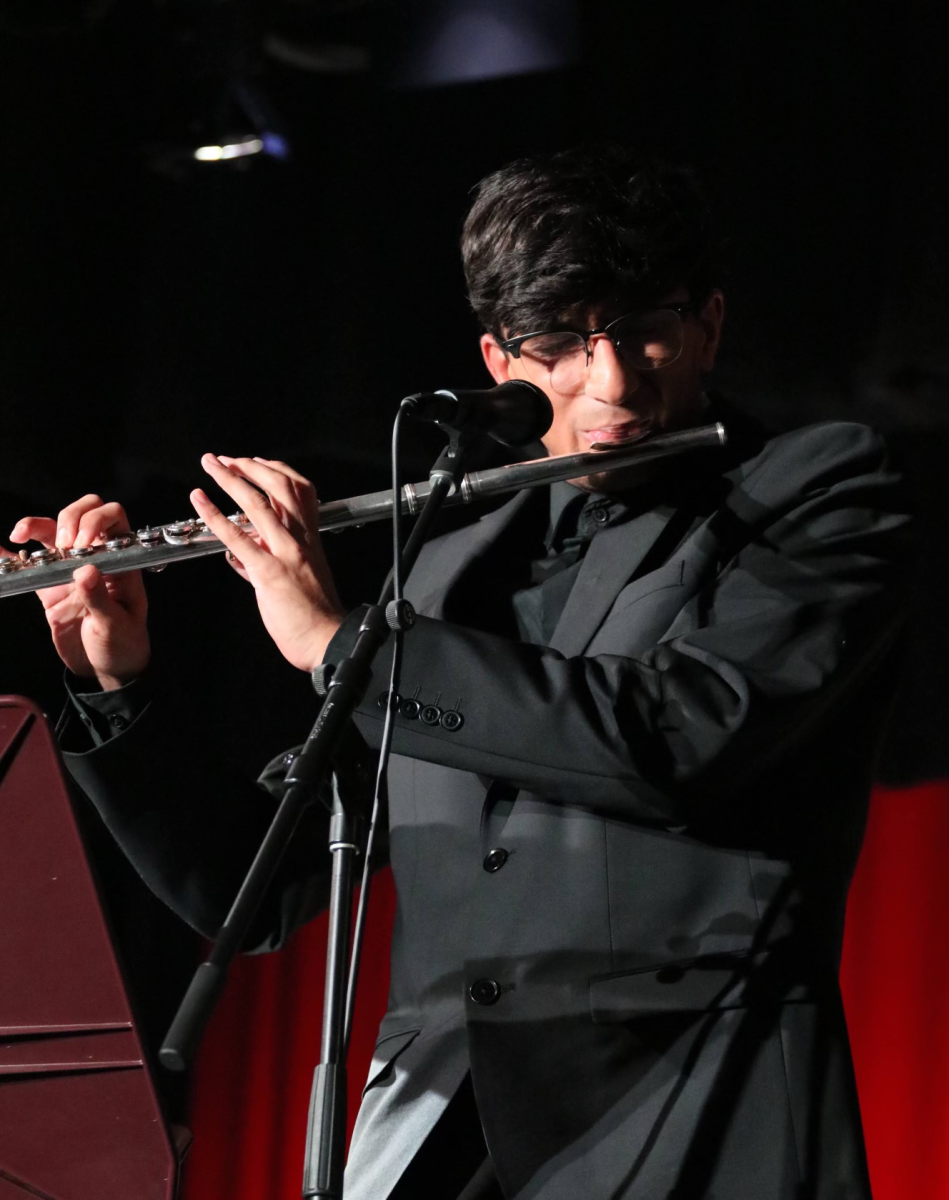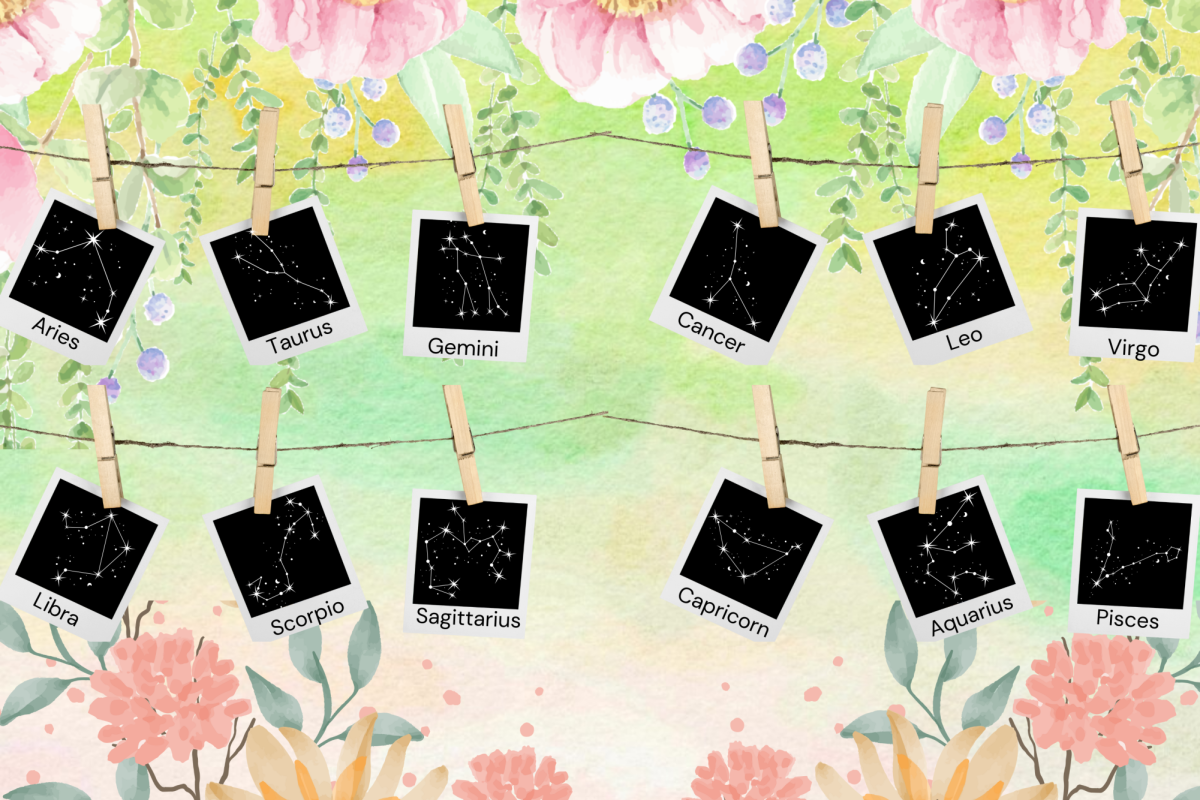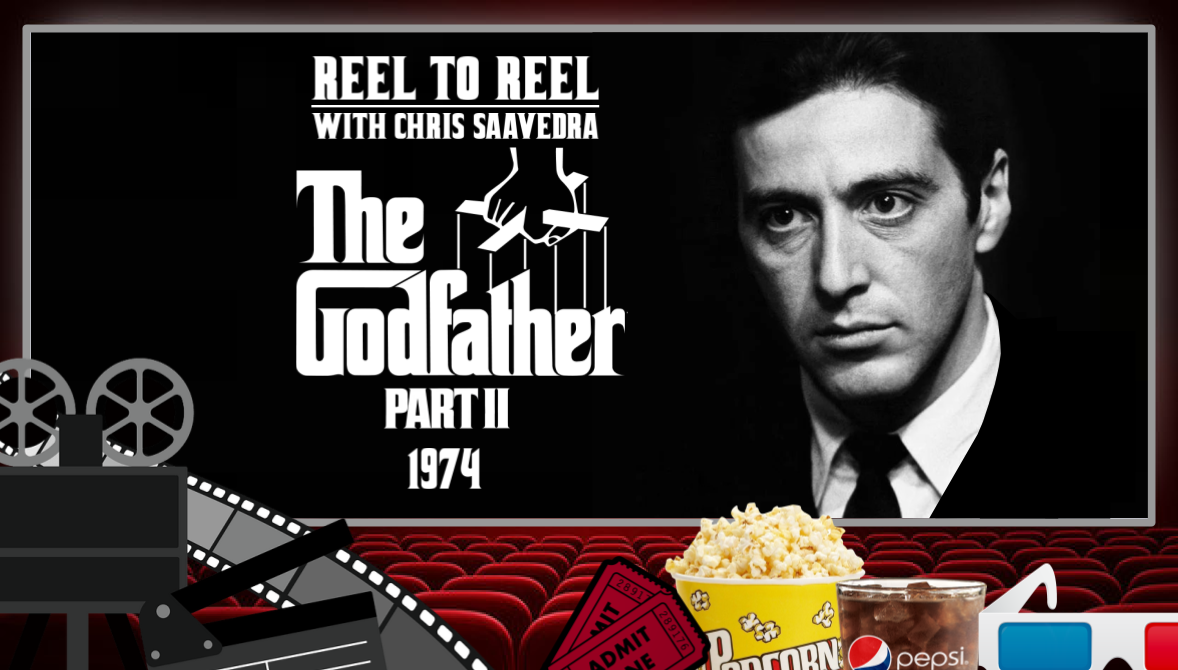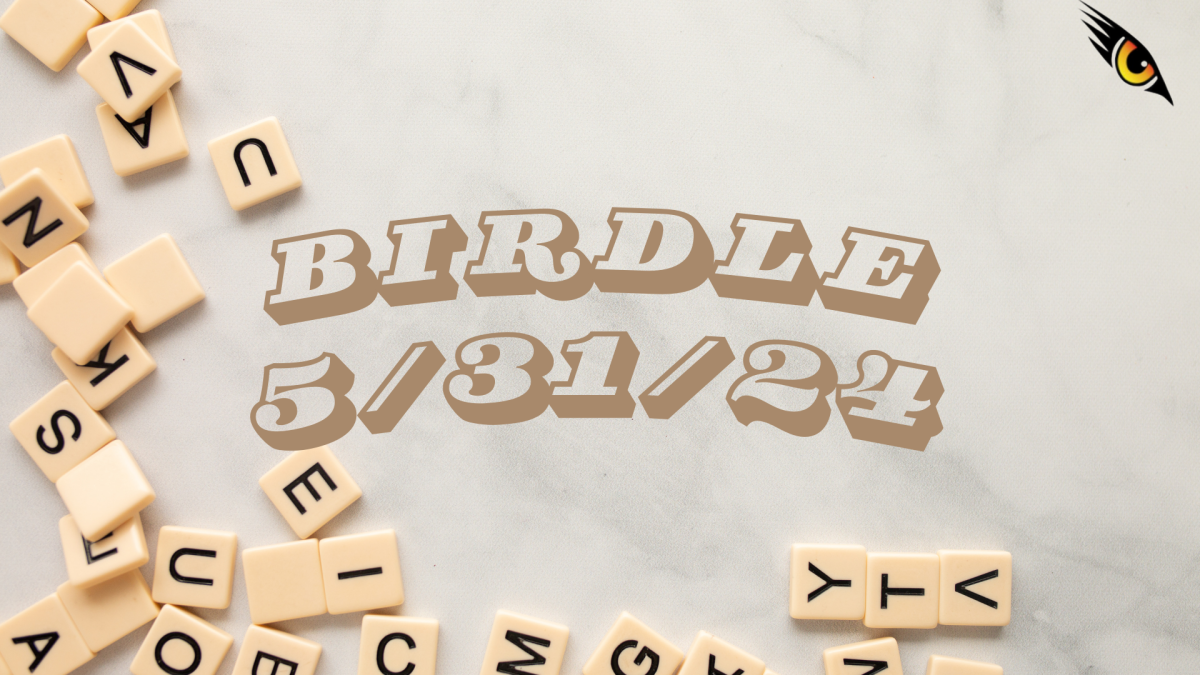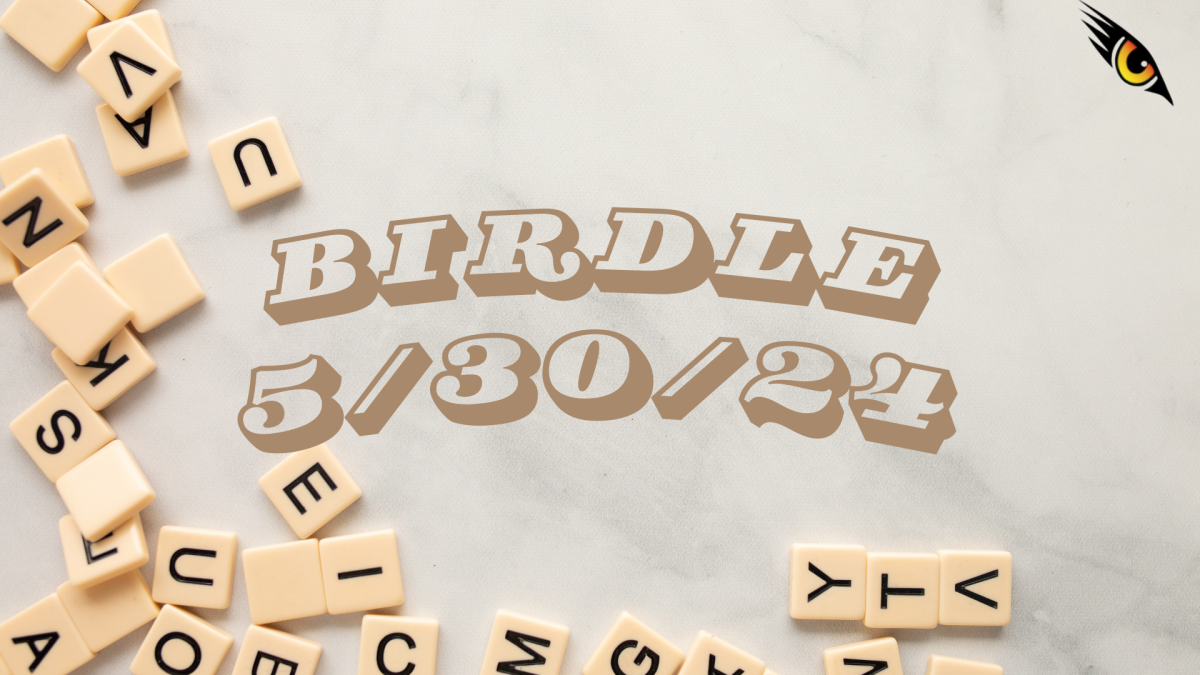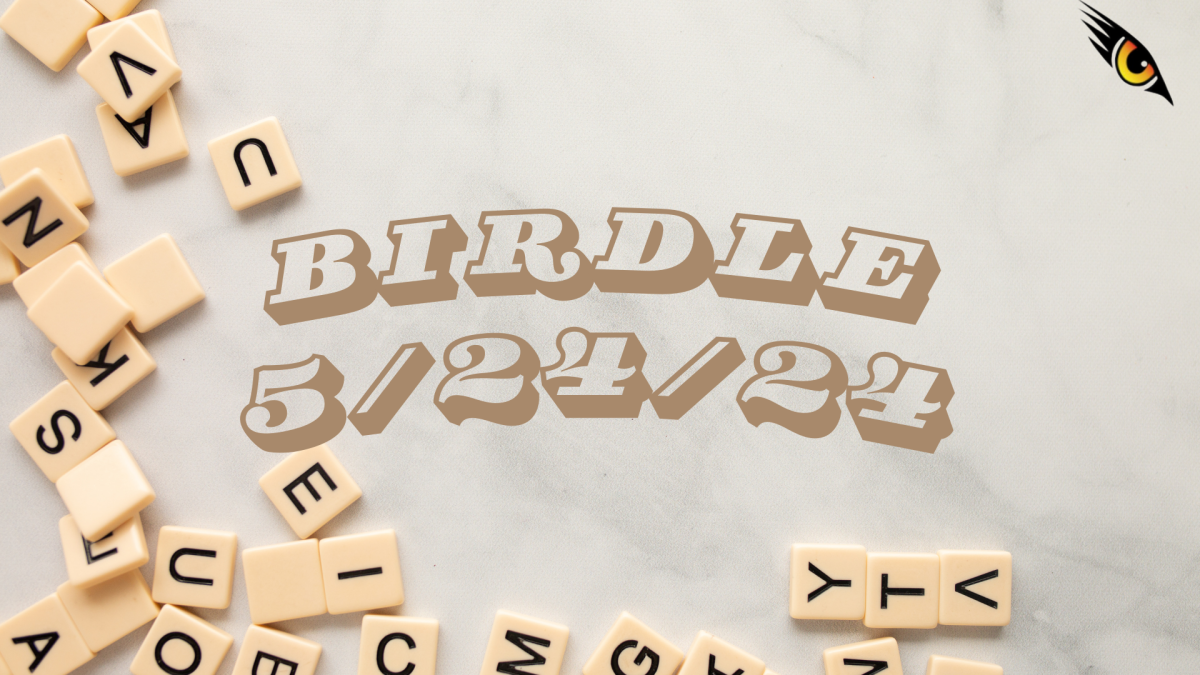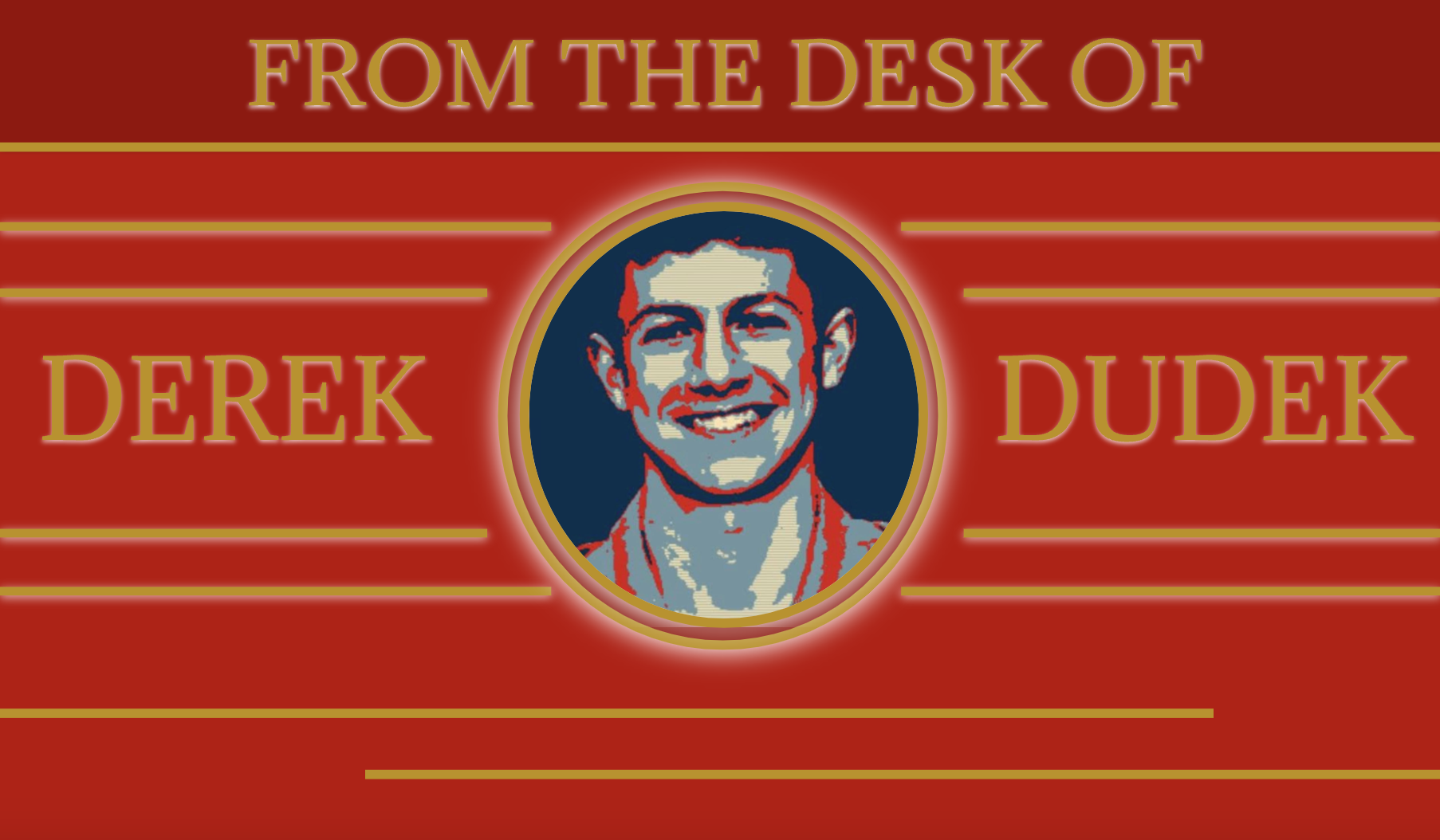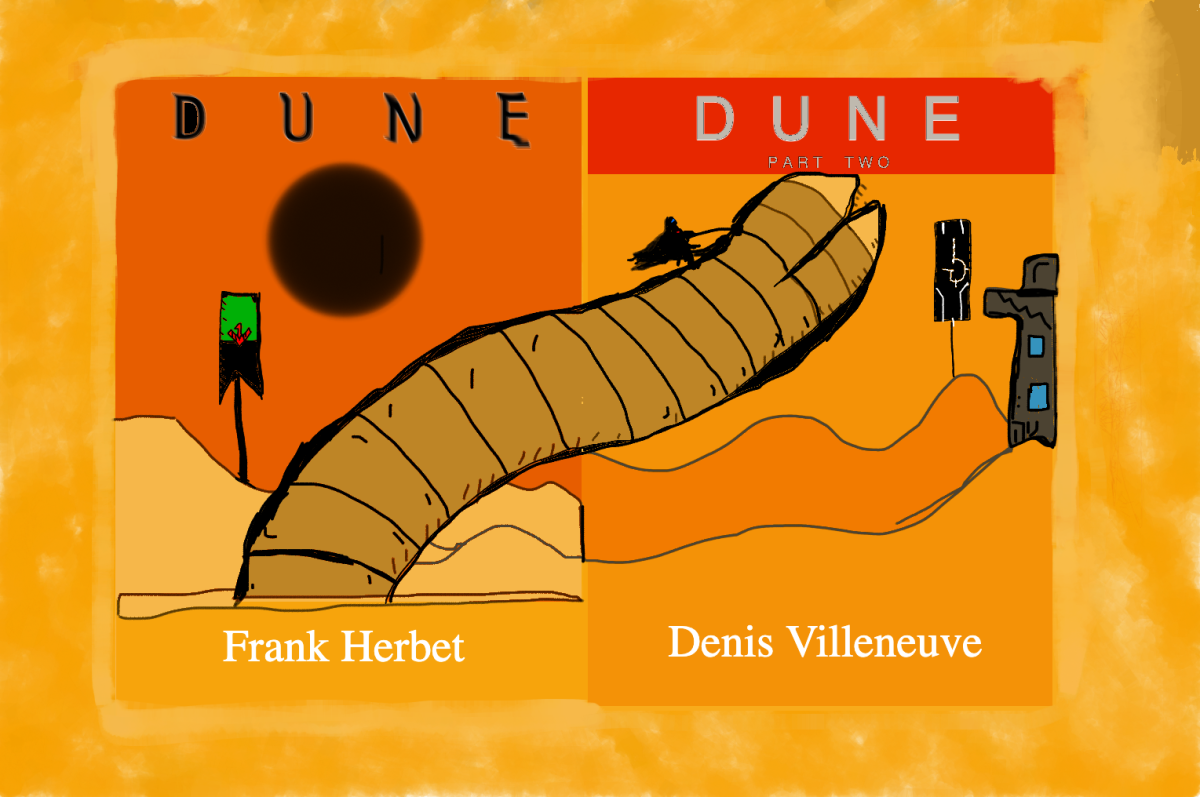Since the premiere of the action film Dune: Part One in 2021, author Frank Herbert’s world has been spread to the cinema-going masses. Now, with the release of Dune: Part Two, director Denis Villeneuve explores his vivid interpretation of Herbert’s opus through the big screen. But how does this blockbuster compare to the source material?
Originally released in 1956, Herbert’s novel Dune follows the story of a young royal heir, Paul Atreides, as he undergoes the hero’s journey on the desert planet Arrakis, the main setting of the story. The movie portrays two other planets as well as Arrakis— Kaitain, home of Emperor Shaddam IV and the seat of his interstellar empire, and Giedi Prime, the bleached and industrialized homeworld of House Harkonnen, the major antagonists of the films. Kaitain is portrayed much like Earth, while the planet Arrakis is portrayed in the expansive deserts of Wadi Rum— perfect to depict the sands of Arrakis, with winding dunes and high-rising sandstone cliffs, where many of the film’s characters make their home.
Giedi Prime, however, was perhaps the most visually stunning sequence in the film. It perfectly embodied the dark and industrial wasteland world, home to the ruthless House Harkonnen. It is barren, with there being little to no sun, leaving it colorless. The way the film brought this barrenness to life was truly spectacular, as shown in Baron Harkonnen’s nephew, Feyd-Rautha’s, action scene. Even though the scene looks black-and-white at first, the filmmakers show Feyd-Rautha’s demonic nature by setting the cameras to infrared. This meant that the cameras would capture light beyond the spectrum that is visible to the human eye, creating a high-resolution shot and giving it an uncanny look. This definitely lives up to the description of Giedi Prime in the book, which is described as a harsh, industrial waste with low photosynthetic potential.
The casting roles of many characters have been commended and praised for their importance in the film, such as Paul Atreides, played by Timothée Chalamet, and Chani, played by Zendaya. However, the movie omits six characters that were in the book. Doing so improved the plot, as too much complexity would hinder the film’s goal of adapting such an expansive story.
Much of the film’s dialogue was inspired by the book. Many important scenes only have minor changes, and the dialogue in the movie surpasses Herbert’s writing. At times, the movie will switch to using Chakobsa, one of the in-universe languages, with captions displayed underneath. The moments where Chakobsa is used are frequently seen as defining moments in the story, such as Paul’s speech, which is entirely in the constructed language.
The music for the Dune films is by none other than two-time Oscar winner Hans Florian Zimmer, who has composed soundtracks for Interstellar, as well as both the Dark Knight and Kung Fu Panda series. The movie starts off with the score “Beginnings Are Such Delicate Times,” bringing out a mysterious and almost ominous feel. However, it eases into Paul and Chani’s love theme which is arguably the best tune in the movie. This theme starts off with woodwind, then blasts synth and other electronic musical instruments to echo their theme.
Both the book and the movie impart two powerful messages applicable to our daily lives: do not blindly trust charismatic leaders and beware of power corruption. Paul starts off as an innocent teen, drowned in the harsh realities of the world and his responsibilities. He initially intends to help the Fremen of Arrakis, but becomes an antihero as he begins to use them for his desires for power and revenge.
Dune is an allegory for a place even to this date in turmoil: the Middle East. The political instability in the Middle East due to foreign intervention and the struggle against occupying forces is one of a few of the complex ideas developed in the book. This political instability gave rise to dictatorships in the Middle East, just like how the political instability in Arrakis led to Paul’s control of the Fremen. These complex ideas are found in Dune where there is a power struggle between the Emperor and House Harkonnen over control over Arrakis. In addition, the highly sought-after spice of Arrakis can be interpreted as the equivalent of oil in the Middle East and its petro-states.
Overall, reading Dune and watching its two movie counterparts is a worthy investment of your time. The book’s complex plot and the movie’s graphics will leave you enthralled and wanting for more. Once you have the book in your hands or the movie on the screen, you will never want the story to end. Give it a try, you may like it.




